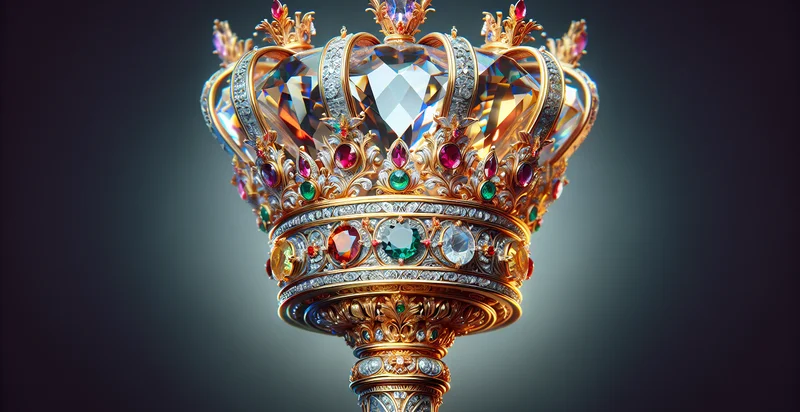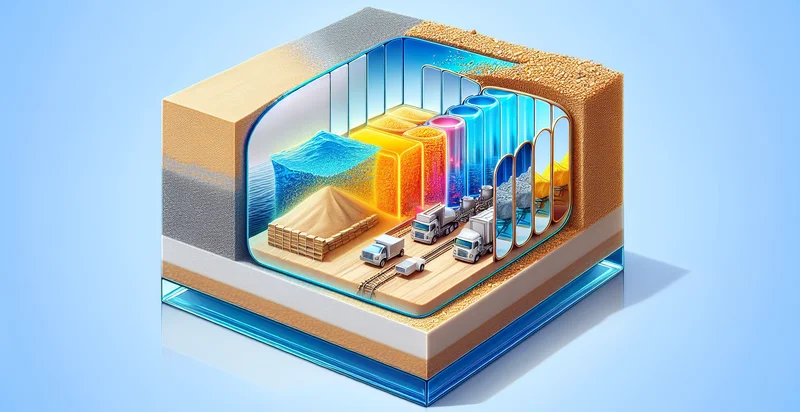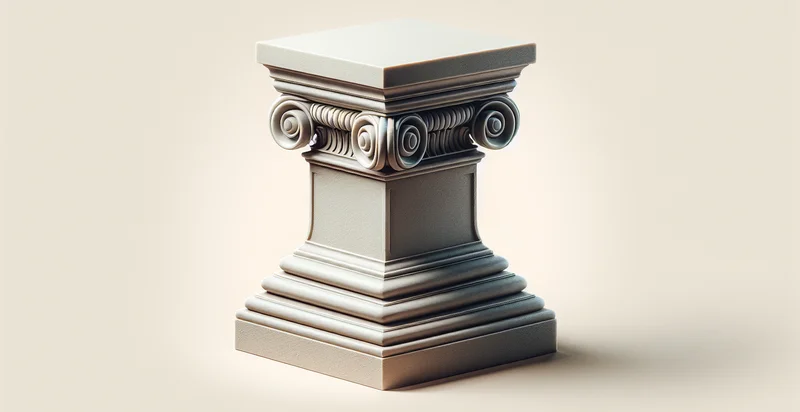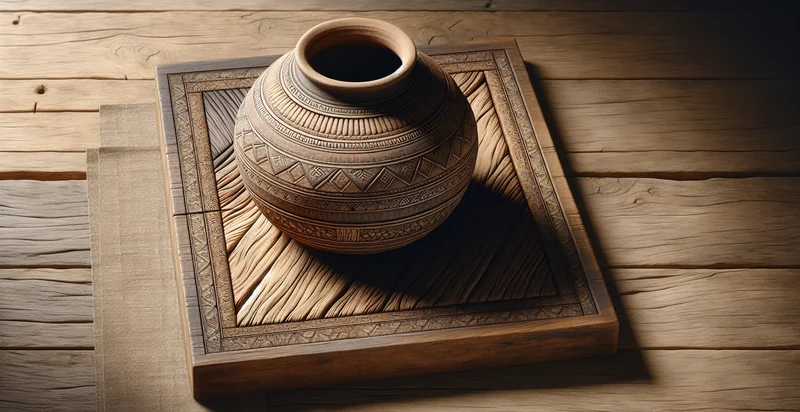Identify what material a scepter is made from
using AI
Below is a free classifier to identify what material a scepter is made from. Just upload your image, and our AI will predict what material a scepter is made from - in just seconds.

Contact us for API access
Or, use Nyckel to build highly-accurate custom classifiers in just minutes. No PhD required.
Get started
import nyckel
credentials = nyckel.Credentials("YOUR_CLIENT_ID", "YOUR_CLIENT_SECRET")
nyckel.invoke("what-material-a-scepter-is-made-from", "your_image_url", credentials)
fetch('https://www.nyckel.com/v1/functions/what-material-a-scepter-is-made-from/invoke', {
method: 'POST',
headers: {
'Authorization': 'Bearer ' + 'YOUR_BEARER_TOKEN',
'Content-Type': 'application/json',
},
body: JSON.stringify(
{"data": "your_image_url"}
)
})
.then(response => response.json())
.then(data => console.log(data));
curl -X POST \
-H "Content-Type: application/json" \
-H "Authorization: Bearer YOUR_BEARER_TOKEN" \
-d '{"data": "your_image_url"}' \
https://www.nyckel.com/v1/functions/what-material-a-scepter-is-made-from/invoke
How this classifier works
To start, upload your image. Our AI tool will then predict what material a scepter is made from.
This pretrained image model uses a Nyckel-created dataset and has 20 labels, including Brass, Bronze, Ceramic, Clay, Copper, Crystal, Fabric, Gemstone, Glass and Gold.
We'll also show a confidence score (the higher the number, the more confident the AI model is around what material a scepter is made from).
Whether you're just curious or building what material a scepter is made from detection into your application, we hope our classifier proves helpful.
Related Classifiers
Need to identify what material a scepter is made from at scale?
Get API or Zapier access to this classifier for free. It's perfect for:
- Material Provenance Verification: This use case focuses on authenticating scepters in museums or private collections by identifying the materials used. This can ensure proper documentation and restoration efforts, while also providing transparency about an artifact's history and craftsmanship.
- Auction House Appraisal: Auction houses can utilize this function to quickly evaluate and classify scepters made from various materials. This aids in establishing accurate valuations and enhancing buyer confidence regarding the authenticity and quality of items being sold.
- Historical Research: Researchers and historians can employ the material identification function to study the composition of scepters across different eras and cultures. This can lead to insights about trade routes, material availability, and cultural significance, enhancing academic knowledge.
- Restoration and Conservation: Conservators can use this technology to determine the best methods and materials for restoring damaged scepters. Knowing the original materials helps ensure that restoration efforts maintain the integrity and authenticity of the artifact.
- Fraud Detection in Antiques: Dealers can leverage this function to detect counterfeit scepters that may have been misrepresented in terms of material quality. By identifying discrepancies in material claims, the function helps protect both dealers and consumers from fraud.
- Custom Manufacturing: Companies that produce replica scepters or custom artifacts can use this classification tool to select appropriate materials that mimic historical accuracy. This ensures that new creations are both visually authentic and aligned with historical practices.
- Educational Tools for Artisans: Craft schools and workshops can integrate the function into their curriculum to educate aspiring artisans about material selection and historical construction techniques for scepters. This hands-on approach can enhance their skills in traditional craftsmanship and material knowledge.


